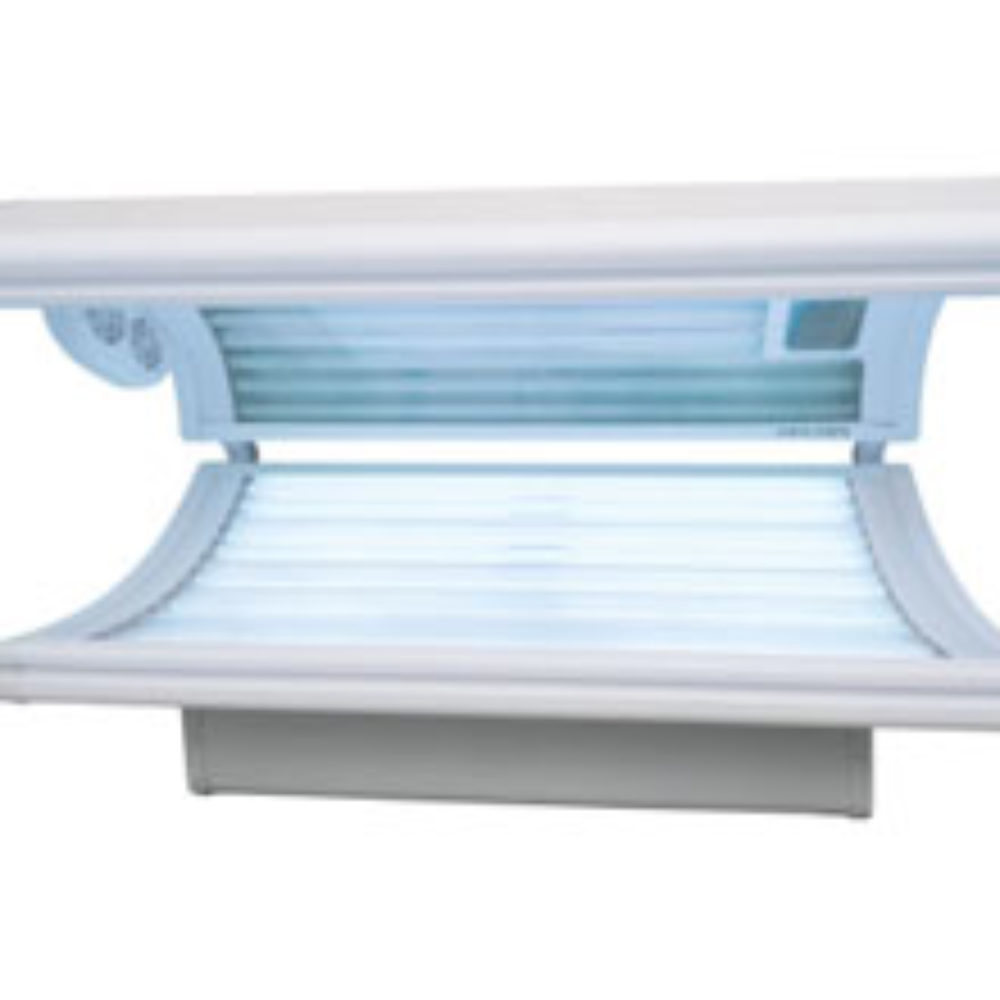Tanning Bed Side Effects Lead FDA Panel to Recommend Restrictions

A panel of independent advisors to the FDA is recommending that the federal regulatory agency either ban tanning beds for everyone under the age of 18, or require parental consent. The recommendations are aimed to protect children and teens from UV radiation exposure and the heightened risk of skin cancer from tanning beds.
The recommendations came on Friday, during hearings by the FDA’s General and Plastic Surgery Devices Panel over concerns about tanning bed side effects. Several skin cancer studies have found an increased risk of problems from tanning beds, and the World Health Organization (WHO) recently reclassified tanning beds as a known carcinogen.
Currently, the FDA barely regulates indoor tanning facilities, classifying the ultraviolet radiation emitting beds as Class 1 medical devices; the same category as bandages and tongue depressors.

Did You Know?
Millions of Philips CPAP Machines Recalled
Philips DreamStation, CPAP and BiPAP machines sold in recent years may pose a risk of cancer, lung damage and other injuries.
Learn MoreAfter a day of hearing testimony from proponents and critics of increased tanning bed regulation, the panel indicated that the risks are so great that there should be a prohibition on tanning bed use by minors, or that steps should be taken to ensure that parents and teens are aware of the potential side effects of tanning beds by requiring indoor tanning facilities to obtain parental consent before allowing a child or teen to use their tanning beds.
The panel also recommended more stringent and obvious skin cancer warnings for tanning beds and facilities. The panel is an advisory committee for FDA, and while the recommendations are not binding, the agency generally follows advisory committee recommendations.
The Skin Cancer Foundation, one of the groups calling for tighter restrictions, applauded the recommendations.
“The skin cancer and dermatologic communities came together and presented compelling personal stories and rigorous scientific evidence demonstrating the dangers of indoor tanning,” said Dr. Allan Halpern, the Skin Cancer Foundation’s vice president. “The Advisory Panel made excellent recommendations and now it’s up to the FDA to take action.”
Just days before the hearing, FDA staffers released a tanning bed safety report for attendees of the hearing, which pointed out that there is growing evidence, including recent medical studies, that tanning beds cause skin cancer.
One of the studies was by WHO itself in July 2009, which indicated that use of tanning beds before the age of 30 increases the risk of skin cancer by 75%. As a result of the study, WHO reclassified ultraviolet radiation from tanning beds and other sources as a definite carcinogen. Previously, they were considered “probable” carcinogens.
Some studies have shown that the use of tanning beds by young adults results in eight times the risk of developing melanoma, a deadly form of skin cancer once found mainly in the elderly, but which has increasingly become a problem for younger adults. The American Cancer Society says that melanoma, the most dangerous form of skin cancer, is diagnosed in about 69,000 Americans each year and causes about 8,650 deaths annually. Less dangerous, but more common, basal and squamous cell carcinomas affect more than one million Americans each year and cause about 2,000 deaths annually.
The FDA report states that a growing number of children are counted among the ranks of tanning bed users, with nearly 10% going to indoor tanning businesses in 1999. The report also expresses concerns by some researchers that as many as 95% of indoor tanning customers are exceeding the recommended safe time in tanning beds.
Concerns over tanning bed cancer has resulted in bipartisan legislation aimed at lowering tanning bed cancer risks. The Tanning Bed Cancer Control Act, was introduced in late January by U.S. Representatives Carolyn Maloney (D-New York) and Charlie Dent (R-Pennsylvania). The bill would allow federal regulators to set controls on the amount of ultraviolet radiation emitted by tanning beds as well as set limits on the amount of time users can use the devices.
Get more articles like this sent directly to your inbox.
"*" indicates required fields
1 Comments





MARYMay 5, 2010 at 12:37 am
Will vytorin have any effects on with they my body tans.